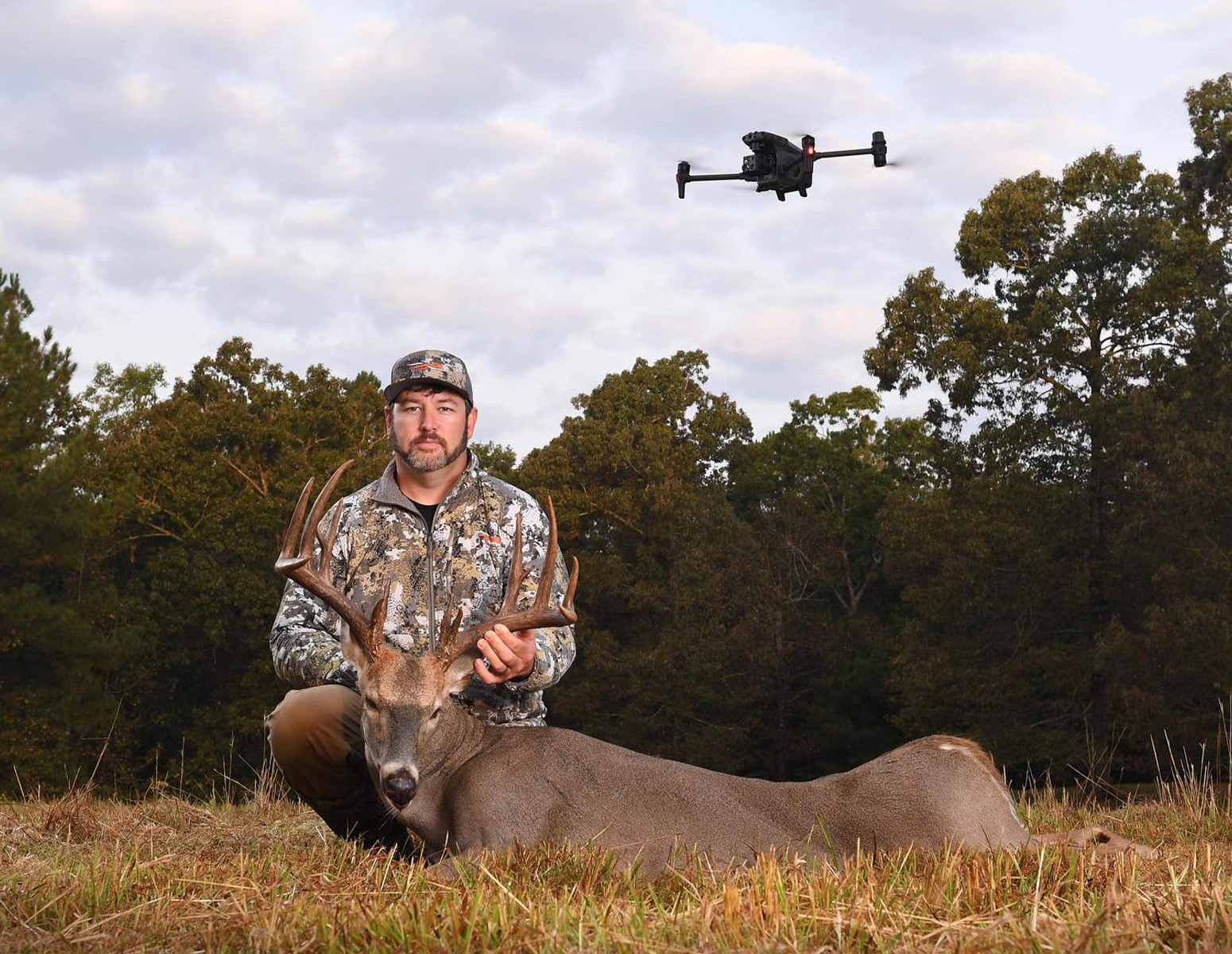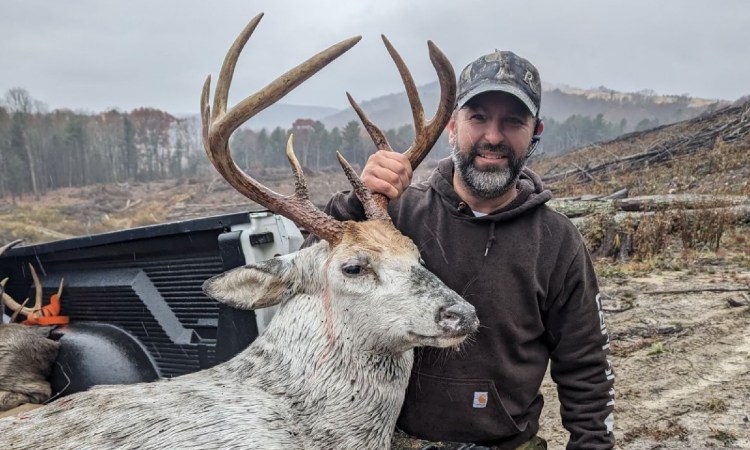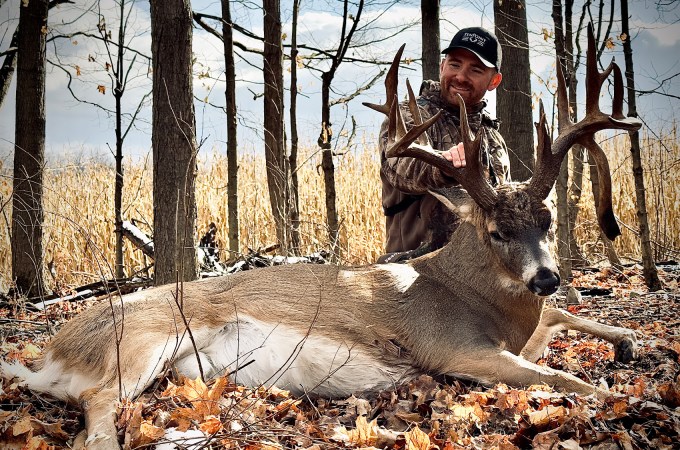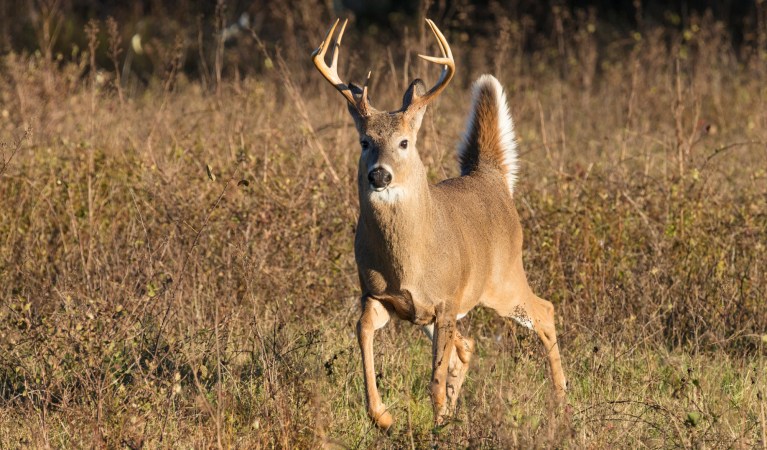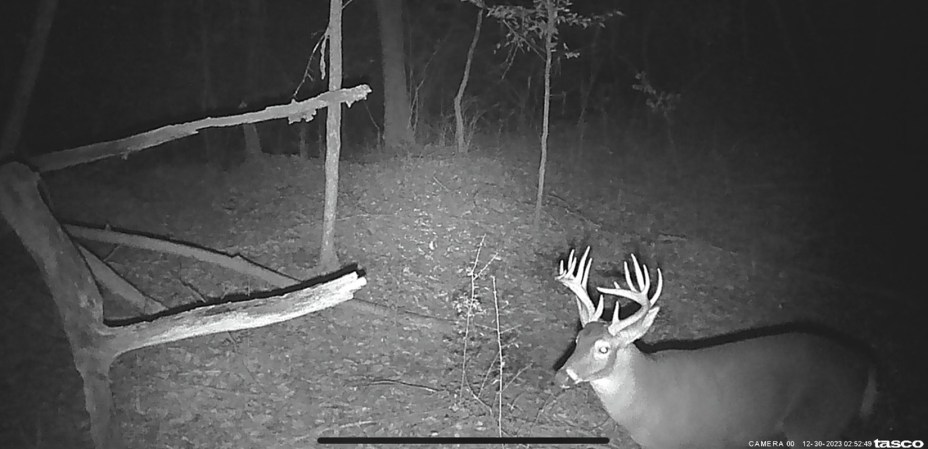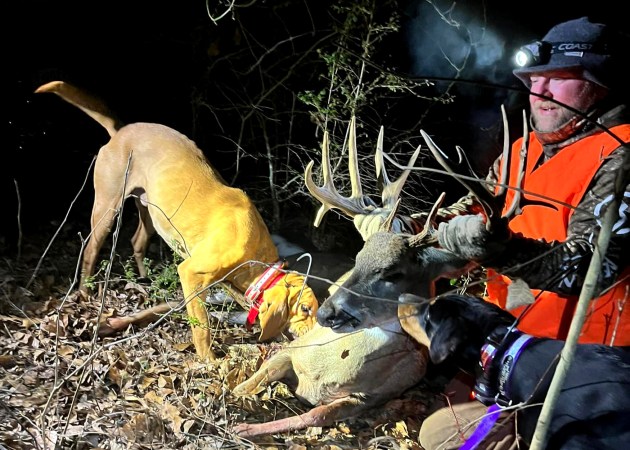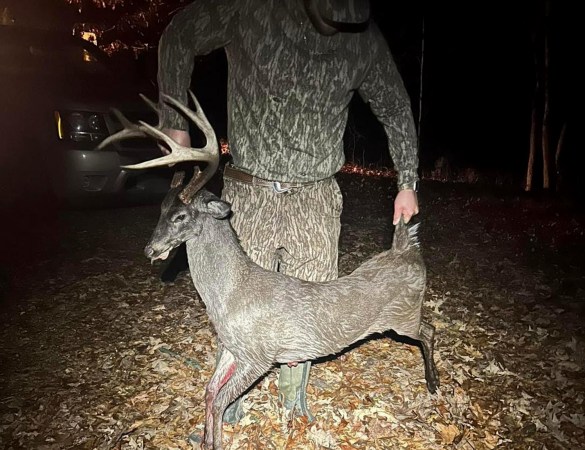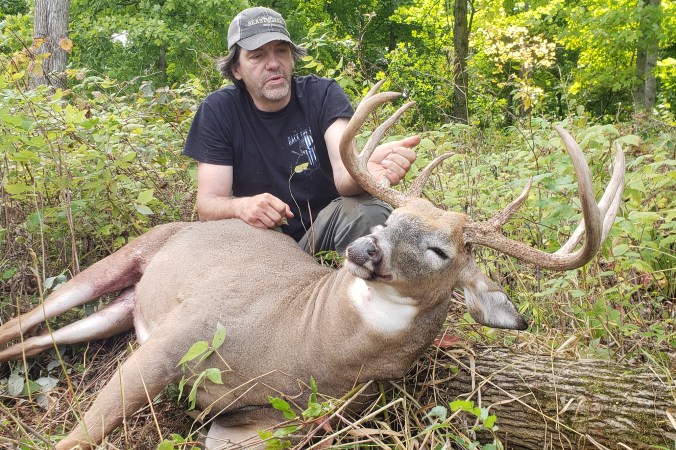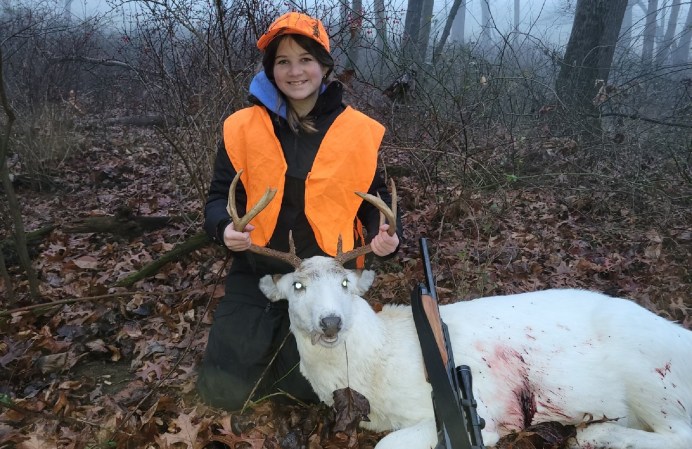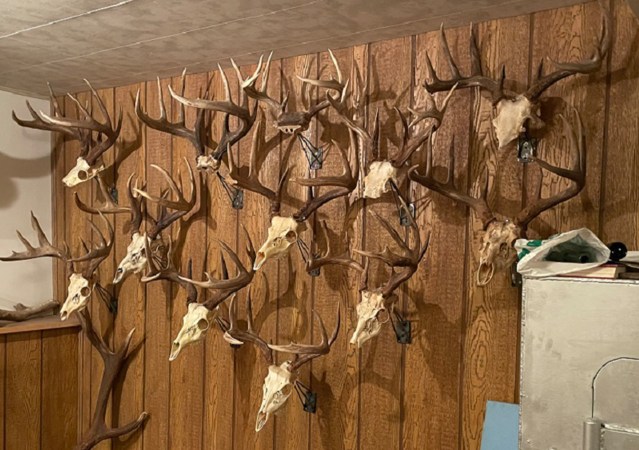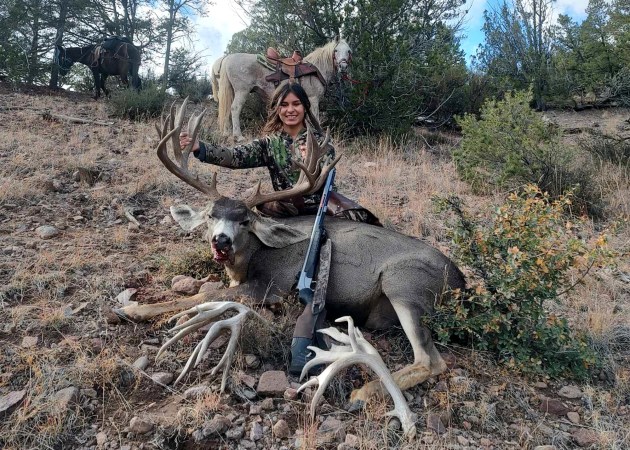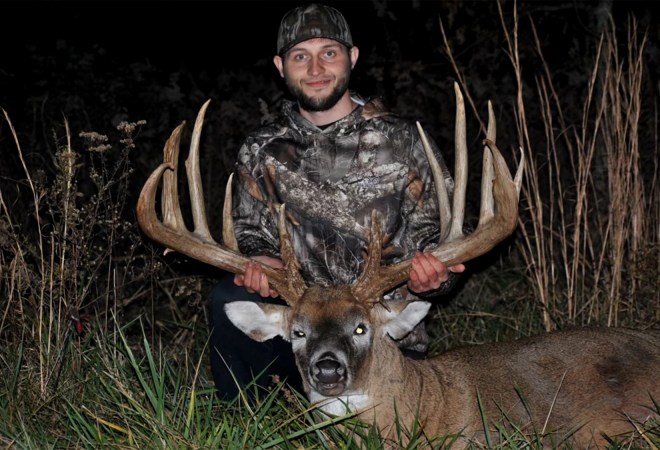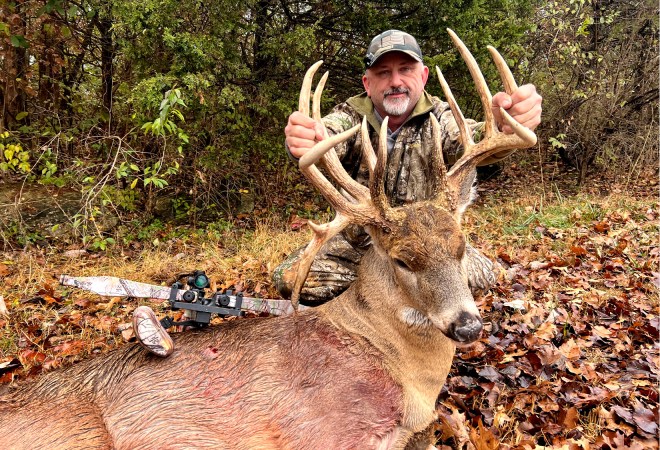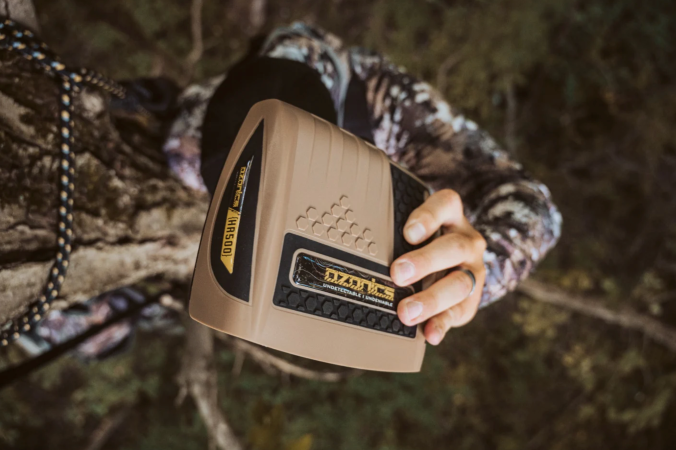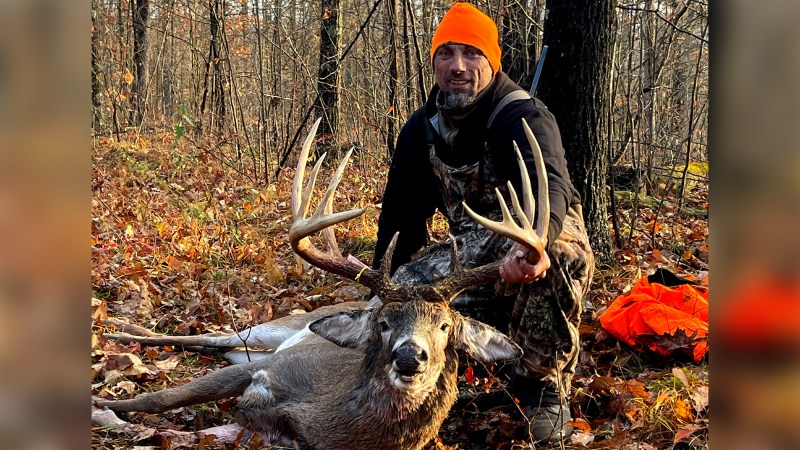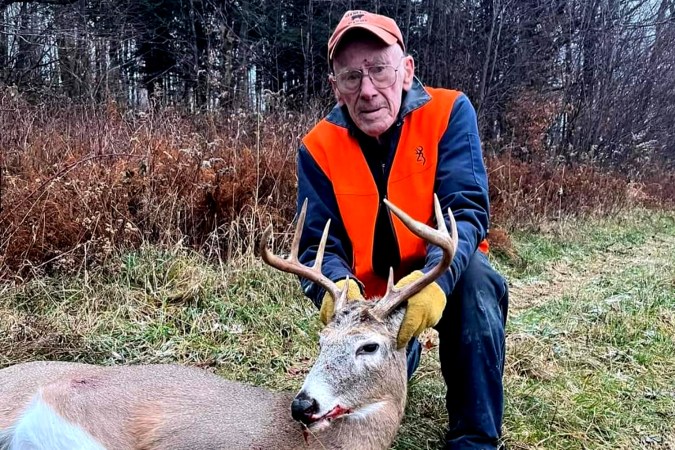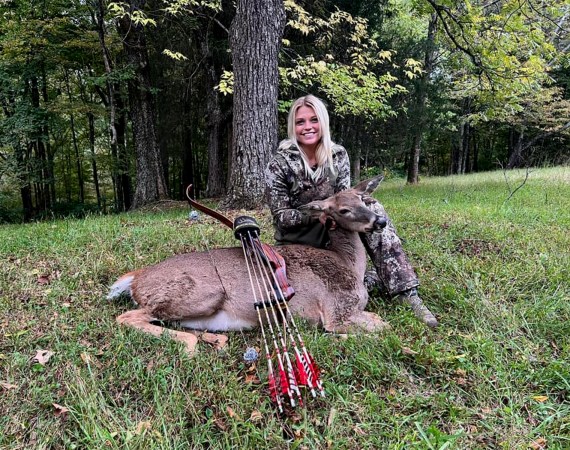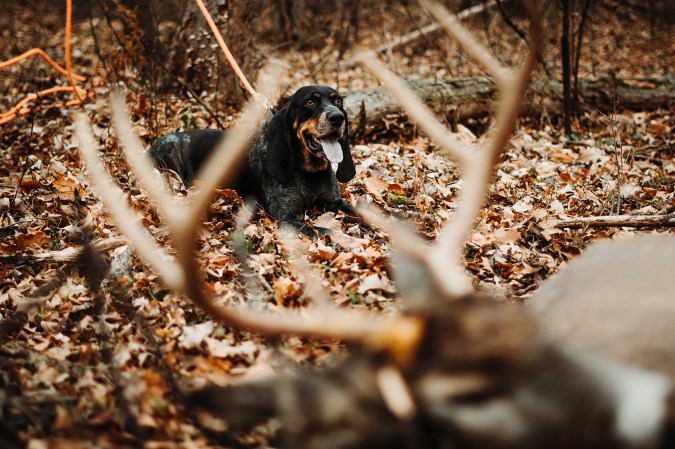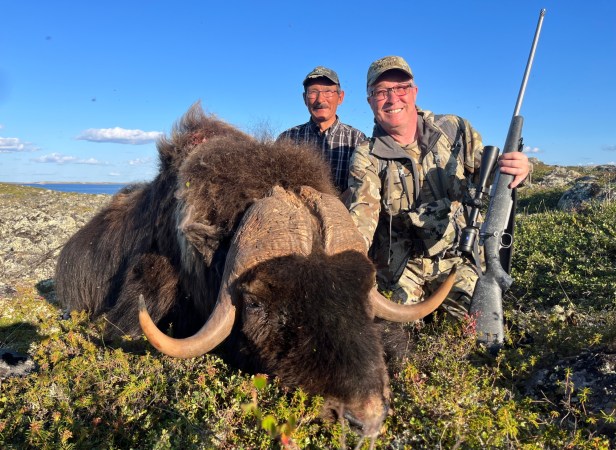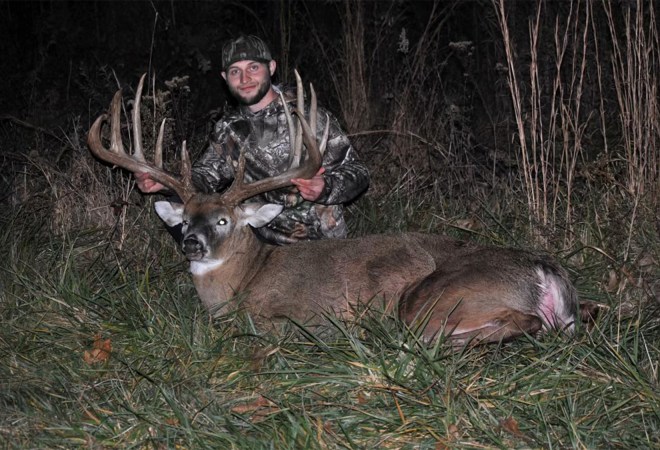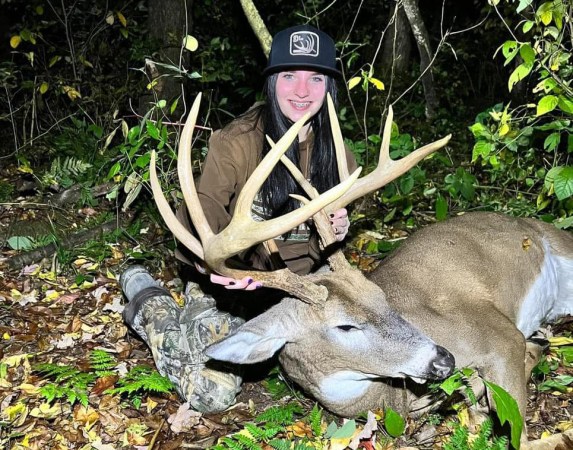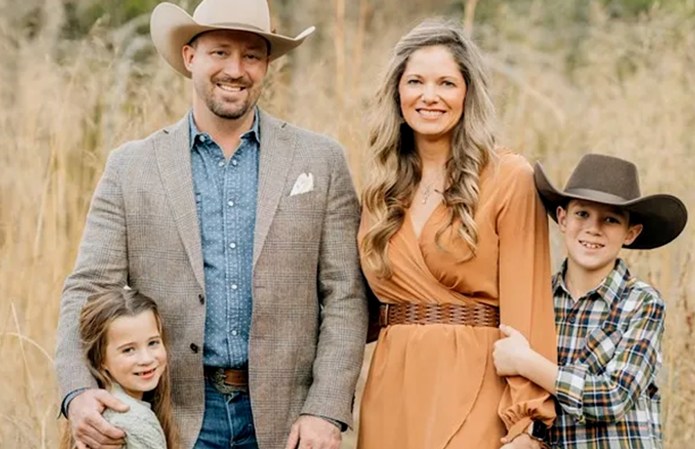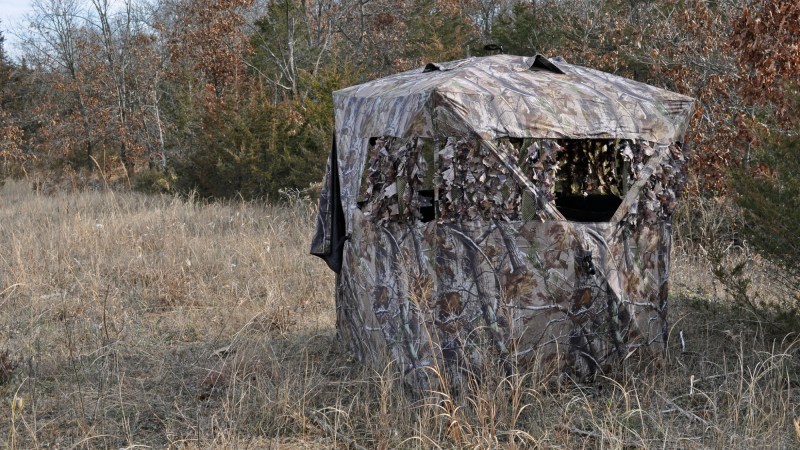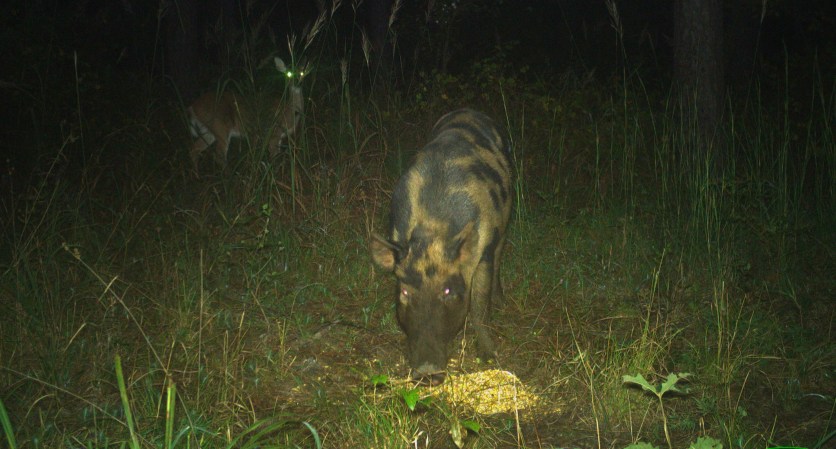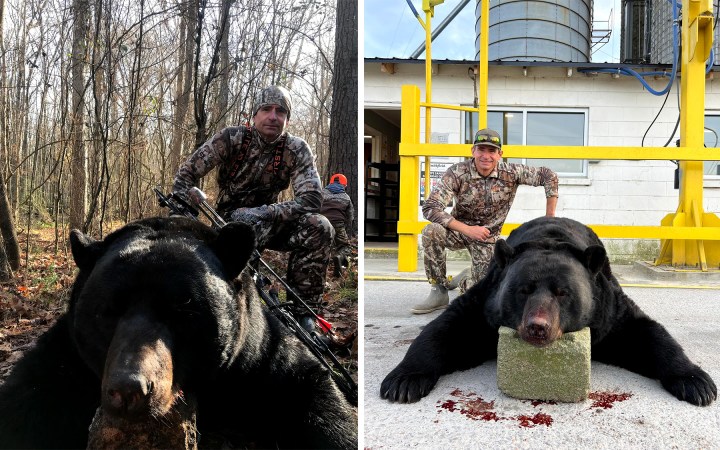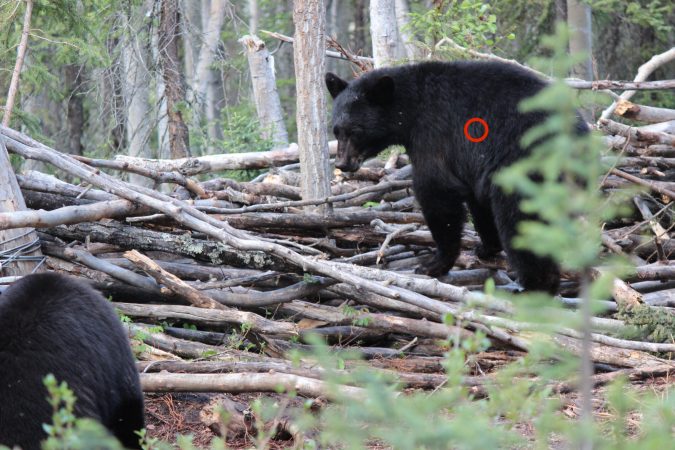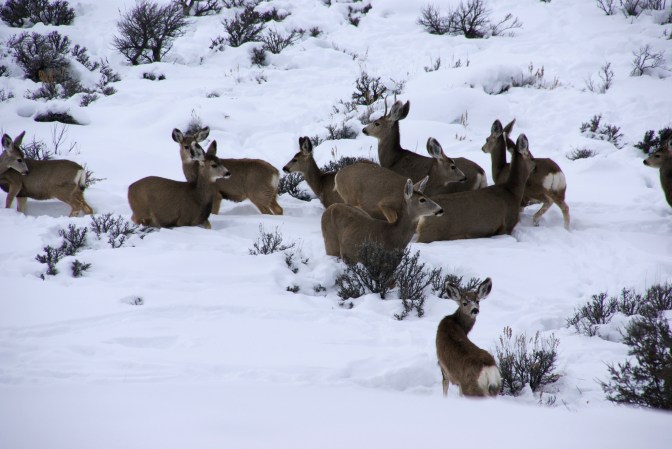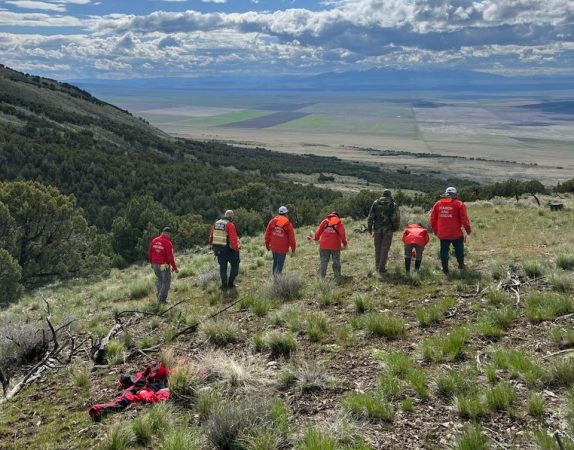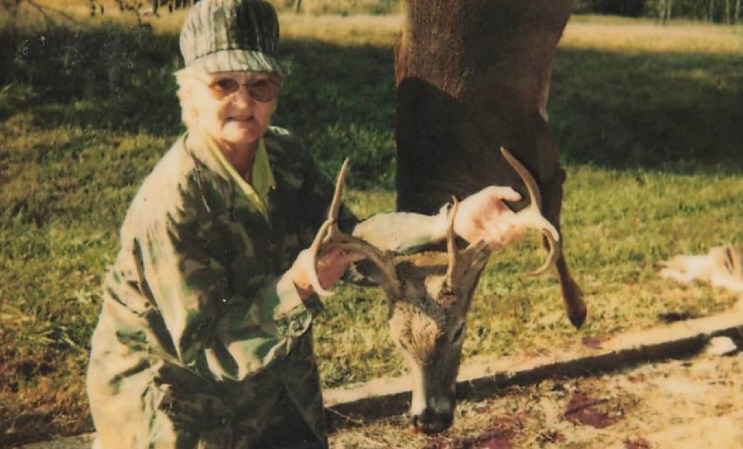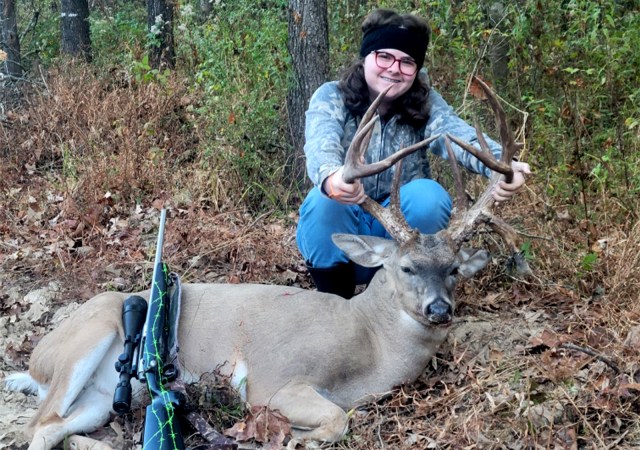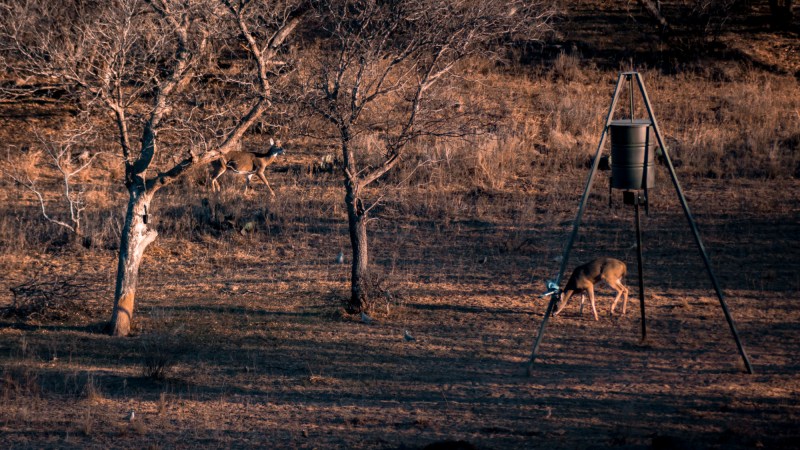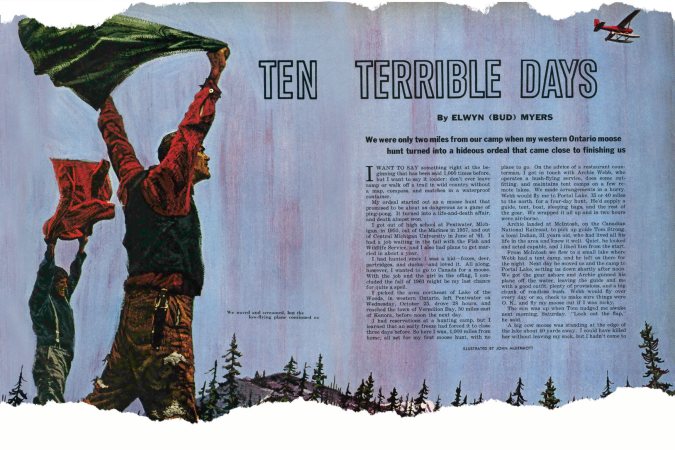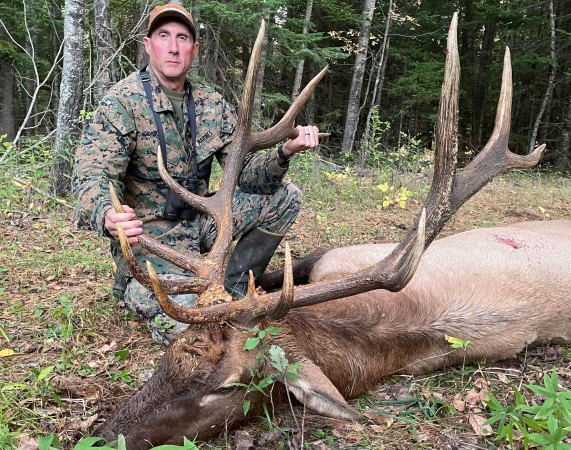Mike Yoder is a small business owner facing a big problem. He’s built a successful model around new technology that could change the way hunters recover their deer in the field. But while the demand for this tech grows, the service he provides has come under scrutiny from state agencies and some members of the hunting community. He’s now involved in legal battles spanning multiple states as a larger debate around the tech rages on.
Yoder runs Drone Deer Recovery, an Ohio-based company that specializes in recovering hunter-harvested deer with the use of drones piloted by third party, independent operators. He maintains that drone deer recovery is a boon for hunters who, without his service, would lose deer they’ve mortally wounded. In the two years since starting his business, Yoder has heard from hundreds of grateful hunters who’ve used the service with great success.
But some hunters, lawmakers, and wildlife managers argue that recovering deer with drones doesn’t accomodate fair chase principles. Similar to cellular trail cameras and crossbows, the technology has been met with resistance by a certain faction who contends that drones offer hunters an unfair advantage and could lead to a number of unethical scenarios.
The Drone Deer Recovery Process
The drone recovery process is simple. A hunter who is unable to recover a presumably dead deer gets in contact with a pilot listed in Drone Deer Recovery’s directory. The pilot drives out, flies the search area with a thermal-equipped drone, and, more often than not, locates the deer (after confirming it’s the hunter’s target deer using a normal drone camera). The pilot then provides the coordinates to the hunter.
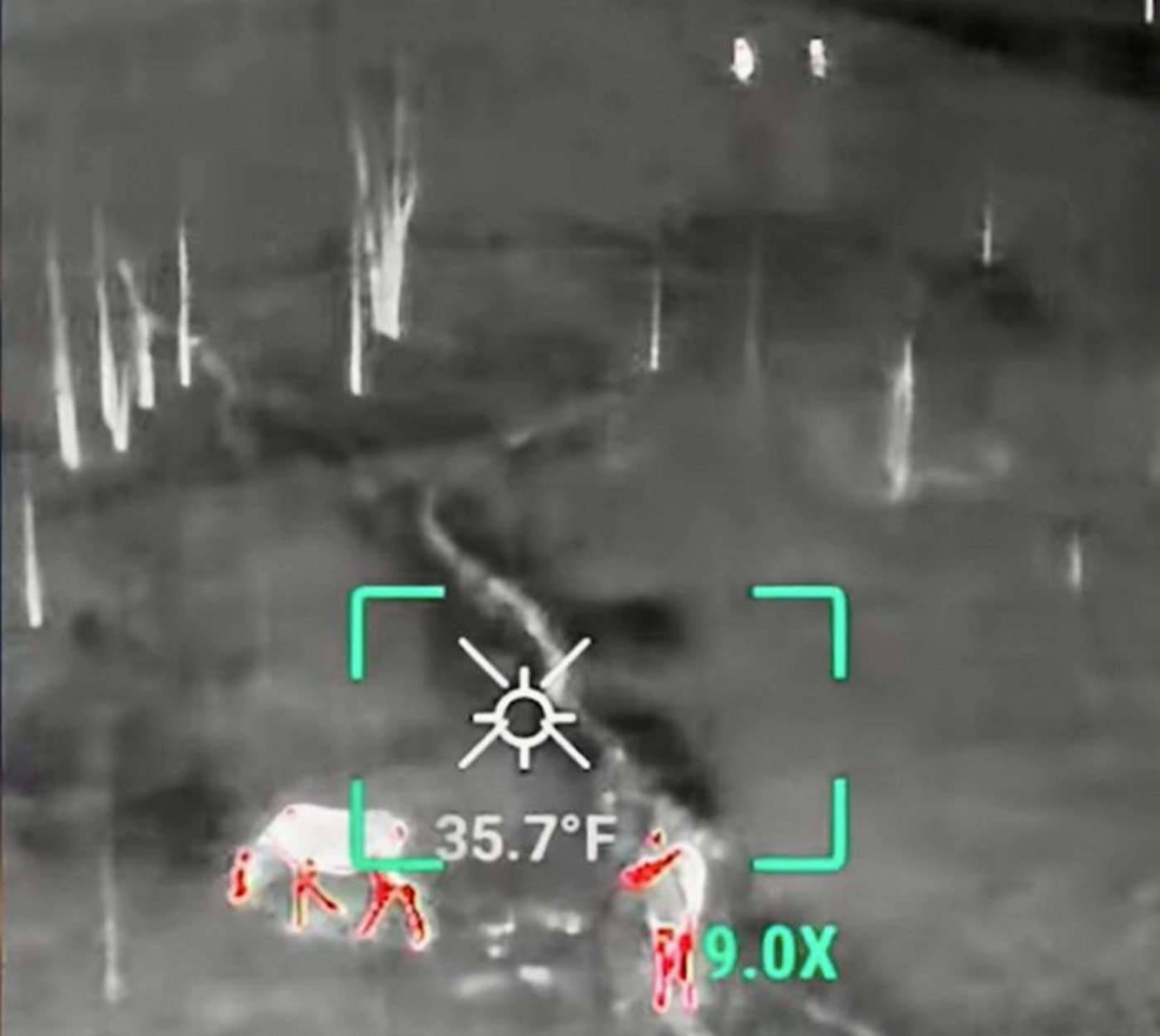
Photograph courtesy Mike Yoder / Drone Deer Recovery
In Ohio, Yoder charges $450 to come out, plus a $100 finder’s fee if he locates the deer, dead or alive. His fees include 60 round trip miles, after which point he charges an extra fee of $1 per additional mile.
Yoder says that he and many of his pilots are often able to find a dead deer within minutes.
If that sounds like it’s too good to be true, according to Yoder and the people who list their services on his website, it isn’t. As long as the conditions are right, even deer that have been dead for hours are often still findable using drones equipped with thermal imaging cameras. These cameras can even see through foliage and tree canopies to pick up heat signatures, although it takes longer to register, Yoder explains.
In his experience, as long as he’s searching in the right area and the deer is dead, he’s confident they’ll recover it. You can see how this process unfolds in many of the videos Yoder posts to the DDR YouTube channel.

“My success rates are based on the search area,” Yoder tells Outdoor Life. “If the deer is in the area that the drone flies over, it’s a 90 to 95 percent success rate. We can find deer using thermals 48 hours after being shot. We’ve even found them a week after being dead, as the gasses build up and the decomposition generates heat.”
Yoder estimates that thousands of deer across the country have been recovered by the drone pilots listed in the DDR directory. These pilots, the DDR website points out, are not employees, but rather independent third-party operators who own their own equipment and have completed their Part 107 certification, which is the drone equivalent of a commercial driver’s license.
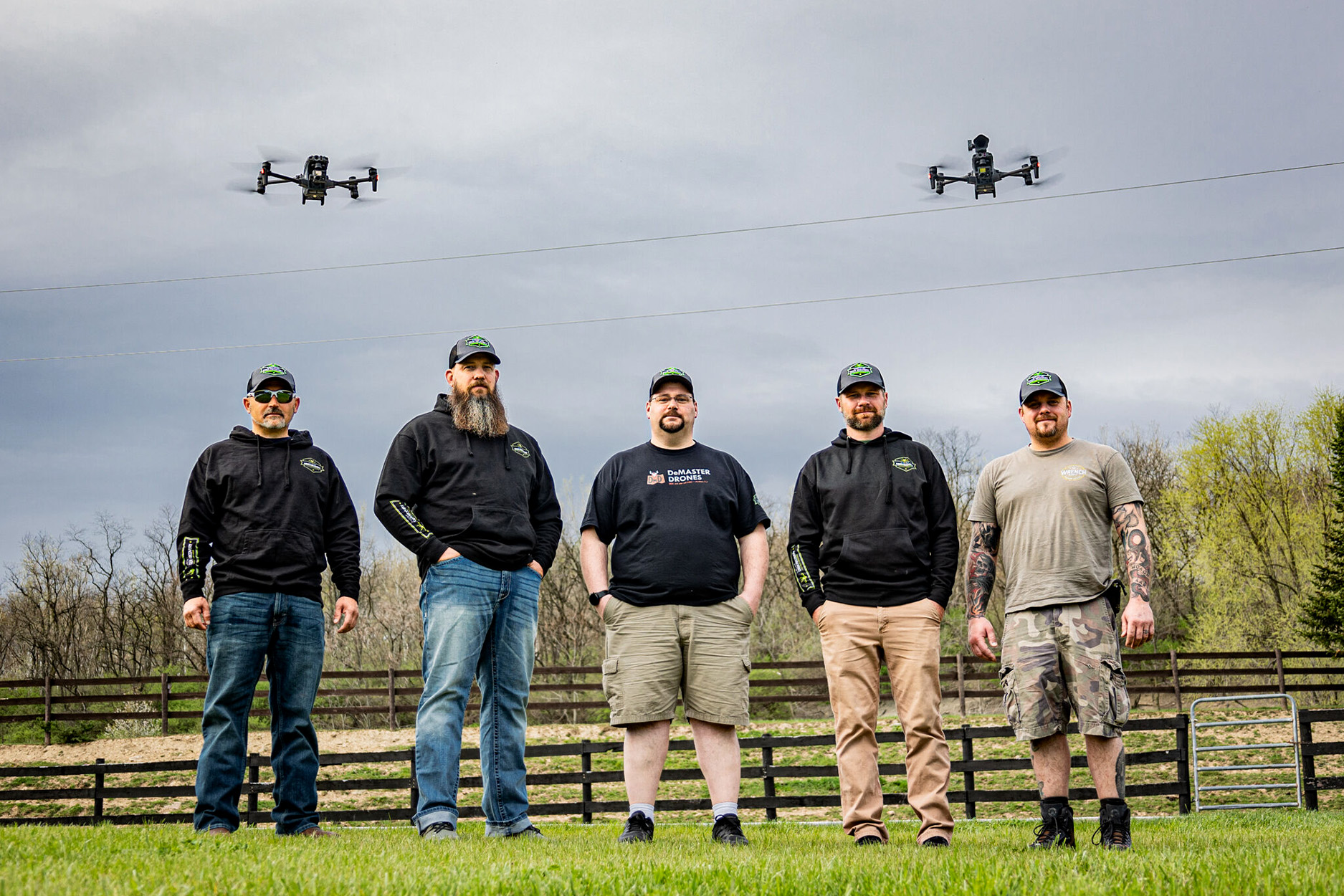
Photograph courtesy Mike Yoder / Drone Deer Recovery
On the face of it, using drones to recover otherwise lost deer sounds like a homerun for hunters. But not everyone is on board.
Deer Recovery, Drones, and the Law
In January, Yoder received a letter from the New York Department of Environmental Conservation ordering him to cease and desist soliciting operators in New York state. Yoder made this information available to the public in a YouTube video where he converses with an attorney representing the department.
When reached directly for comment, DEC public information officer Lori Severino pointed to the Environmental Conservation Law Section 11-0901 (4)(b)(1) which “prohibits the use of aircraft of any kind to assist in the pursuing, hunting, or taking of game. Pursuant to State law, the use of drones to track and find wounded game is prohibited.”
In a followup comment to OL, the DEC elaborated on its stance:
The attempted recovery of a game animal, namely deer, is considered part of the pursuit and taking of the animal. Drones are considered aircraft, and as a result, their use to attempt to recover the animal is prohibited as part of the pursuit or taking of the animal. There is no way to know with absolute certainty whether an animal is deceased, wounded (mortally or not) or unharmed after losing sight of it after a shot until it is either re-observed or recovered.
In short, in the eyes of NYDEC, drones are unilaterally prohibited in every part of the hunting process. In separate comments, Severino noted that even if a change were to be implemented to the NYDEC’s current policy, any exception granted to drone pilots hoping to recover lost deer could not happen without a potentially lengthy legislative process.
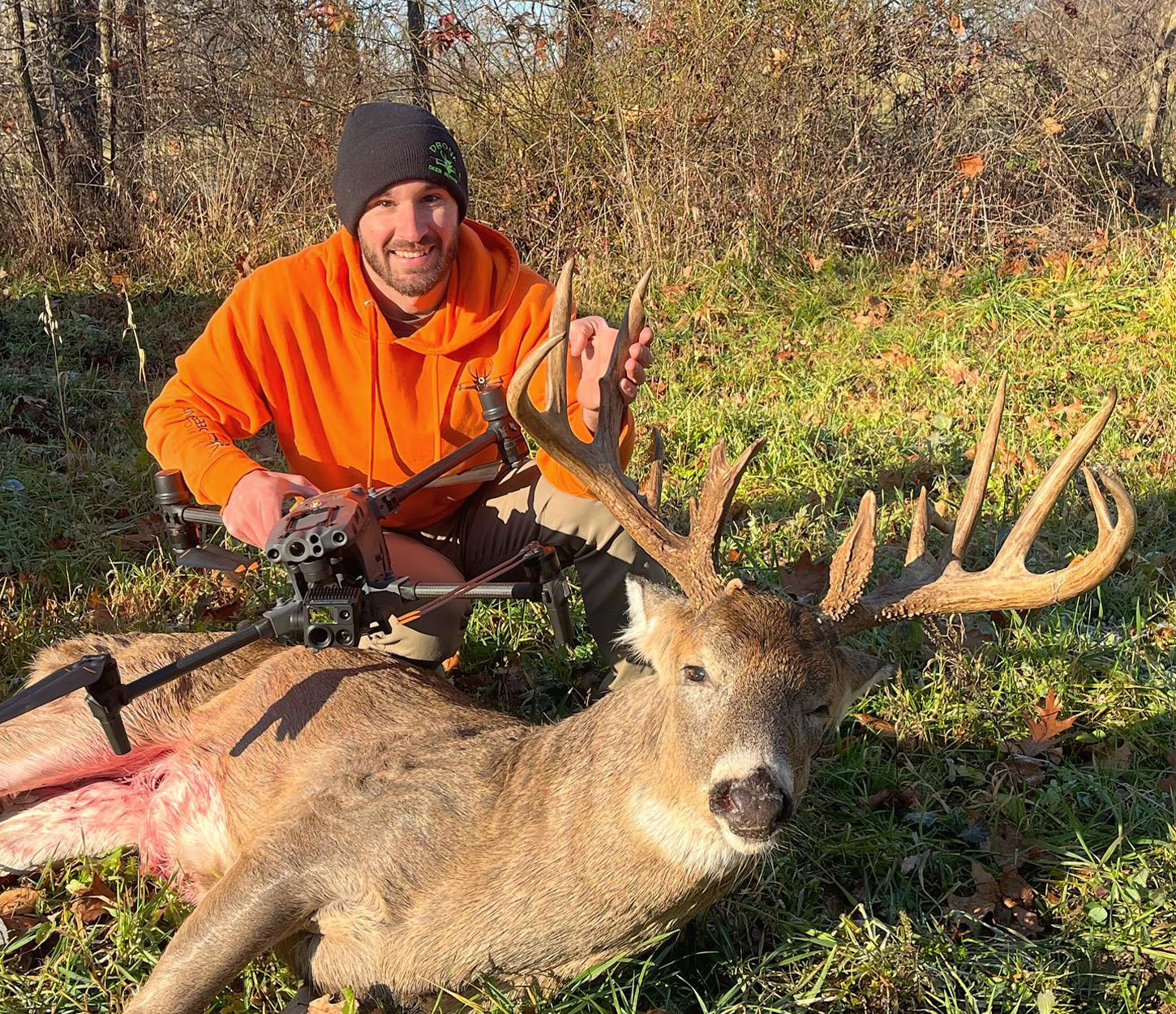
Photograph courtesy Mike Yoder / Drone Deer Recovery
It’s not just New York that’s struggling with how to regulate drones, either. In December, the Pennsylvania Game Commission conducted a sting operation on a commercial drone pilot whose business was listed on the DDR website. He received four citations related to the use of unlawful devices, the disturbance of wildlife, and recreational spotlighting, which together carry a maximum of $2,500 in fines and up to three months in jail. The following month, a state senator introduced a bill that would amend the game commission’s regulations to permit the use of drones to recover deer.
Read Next: Mississippi Has a Wild Hog Problem. Lawmakers Think Legalizing Drones for Hunting Them Will Help
Because of how new this technology is, the laws around it still vary from state to state. As in New York, those laws often include specific language surrounding the use of drones in a hunting context. In Kansas, for example, drones may be used to scout land that is not owned or managed by the Kansas Department of Wildlife and Parks, but they can’t be used for hunting, tracking, or recovering game animals. Hunters in Ohio, meanwhile, are strictly prohibited from using drones to “shoot, shoot at, kill, take, or attempt to take any wild bird or wild quadruped,” but they can use them to recover downed game.
“[Ohio] DNR is awesome with this stuff,” Yoder says. “They’re happy we’re helping hunters put tags on deer that would otherwise go to waste.”
Flying north into Michigan, however, creates another legal barrier for Yoder. State lawmakers passed a statute in 2015 that banned the use of drones in hunting across the board, including when recovering lost game. Yoder has now filed suit against the state. He asserts that by not allowing him to share the location of a hunter’s harvest after locating it with a drone, Michigan is infringing on his First Amendment right to free speech. (It is unclear at this time if he’s filed a similar suit with the state of New York.)
Other states have been more accepting of the technology, and the National Deer Association provides an overview of state laws around drones and hunting in its latest Annual Deer Report. Of the 45 states that responded to the NDA’s survey, 17 said they allowed the use of drones during deer season.
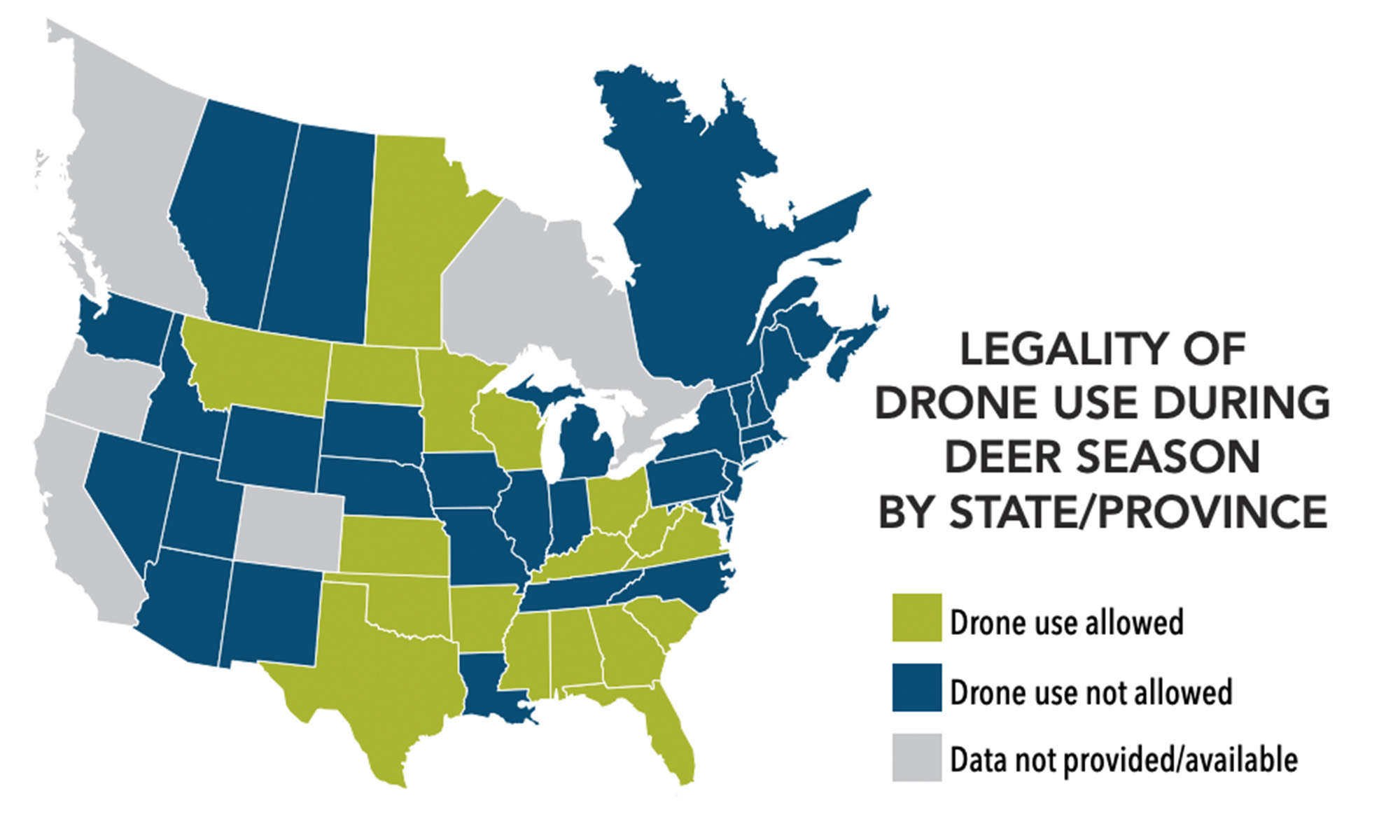
Map courtesy of the National Deer Assocation
However, out of those 17 states, only 13 allow drones to be used to recover deer and other game. This is the uphill battle that Yoder faces as he tries to grow his business nationwide.
“Many states are telling us that recovery is part of the hunt. My take on it is that if it’s part of the hunt, why are you allowed to recover the carcass at night with headlights?” says Yoder. “Hunting hours are one half hour before sunrise and one half hour after sunset. Does that mean you should leave the carcass out overnight? It just makes no sense.”
Ethical Concerns Around Drones in Hunting
Doug Duren, the architect of the Sharing The Land initiative and the NDA’s 2023 Manager of the Year, is one hunter who opposes the use of drones for deer recovery. Despite using them as a management tool to survey deer after the hunting season has concluded, he’s concerned about hunters using drones in season, even if they’re only being used to recover a wounded deer.
“I do not support recovering deer with drones,” Duren says. “My concern about drones is that they can provide lots of information that could be used to immediately improve hunting on that property. There’s a lot of opportunity for secondary information. Drones have their place, but I wouldn’t use one during hunting season.”
Despite his stance on drones, Duren is not opposed to every type of aid when it comes to recovering poorly hit or otherwise hard-to-find deer; in recent years, hunters on his farm have recovered at least three deer with the use of tracking dogs. But he points to one major difference between using dogs and drones to recover deer.
“If you go through with a dog, the dog clears the place out,” Duren says. “There’s no actionable secondary information, like where another deer is bedded. A dog comes through and those deer are gone.”
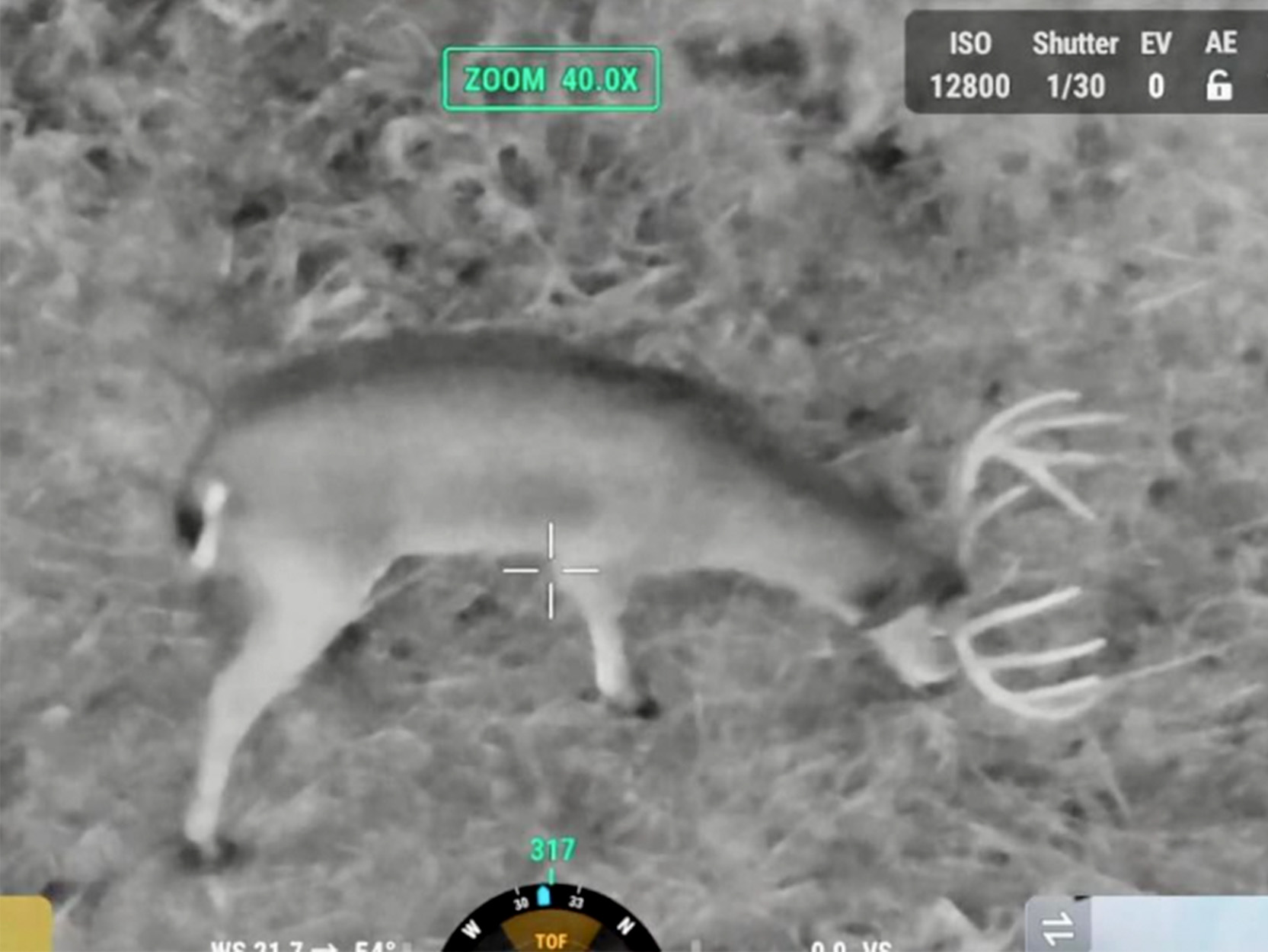
Photograph courtesy Mike Yoder / Drone Deer Recovery
For many hunters who oppose deer recovery with drones, this is the crux of their argument: What if you find a buck – a bigger buck – while trying to find the one you’ve hit? There is legitimate worry that a hunter who solicited a drone recovery service might be tempted to act on information previously unknown prior to the drone flight, thus crossing the line from fair chase into unethical territory.
There are other ethical concerns as well. What if the drone operator locates a deer that was hit but not mortally wounded? Do they call off the search or continue tracking a live animal?
Yoder points to his own personal code of conduct in ensuring that an ethical recovery – and only an ethical recovery – takes place once the drone has flown an area. He says if the deer is dead, he simply gives the coordinates to the hunter. If the deer is found but it’s not yet dead, he makes a judgment call.
“We will evaluate it and give our opinion on whether the deer is going to die soon, may need more time, or if it’s likely to survive the shot,” Yoder explains. “I don’t give them the coordinates of a deer I don’t think is going to die.”
The Problem with Making YouTube Videos of Wounded Game
For many hunters opposed to drone deer recovery, there’s another problem that has nothing to do with legality or fair chase ethics at all. It’s the optics of videoing a wounded deer and publishing it on the internet.
Yoder frequently posts videos on the DDR YouTube channel of deer recoveries, including ones where the deer is found alive yet grievously wounded. On Jan. 25, Yoder uploaded a video titled “Buck Has Guts Hanging Out, Drone Deer Recovery,” accompanied by a thumbnail of a still-living buck with a superimposed red circle around its abdomen, highlighting the wound and exposed internal organs. For Yoder, showing this type of footage goes back to his personal code of conduct.
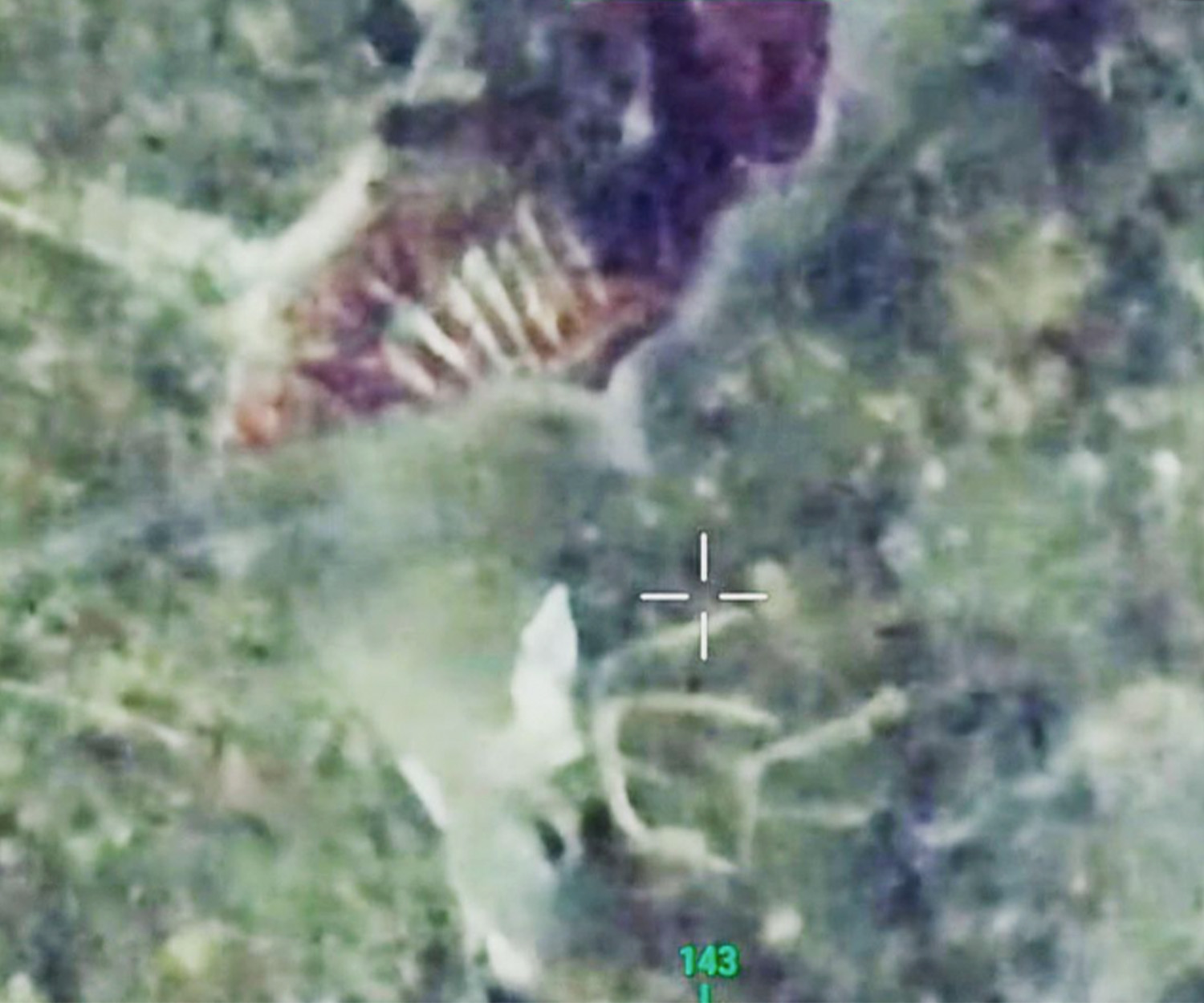
Photograph courtesy Mike Yoder / Drone Deer Recovery
“It’s hard for me to not show everything, because if I do that, I’m not being real,” Yoder says. “These are the things I’m seeing with my drone. If I don’t show it now, I won’t feel like I’m being an honest man.”
Critics are concerned that this kind of footage can spur on the anti-hunting crowd because it does little to improve the optics of the sport. Yoder agrees that the footage can be hard to watch, and acknowledges that it can add fuel to the anti-hunting fire, but contends that it’s important for hunters to acknowledge the potential realities of hunting, even the difficult ones. Still, it’s something he wrestles with.
“Should I do that for the community? I don’t know, because I feel like what I’m showing has the potential to make us better hunters. Right now, I feel like I’m gonna show it.”
The Future of Drones and Deer Recovery
Yoder is optimistic about the future of using drones as a deer recovery tool. He believes that anyone who sees the technology in action will ultimately be convinced of its potential to aid ethical hunters everywhere.
“I feel like it’s less [impactful] to wildlife and your property than any other tracking method — buddies, dogs, a group of people grid searching your property — any other. It’s also insanely efficient. We can cover hundreds of acres in hours. I think it’s a great tool. Outside of that, I think when people see it done in person, it’s game over. You will use a drone to recover because you can see how efficient and accurate and successful it is.”
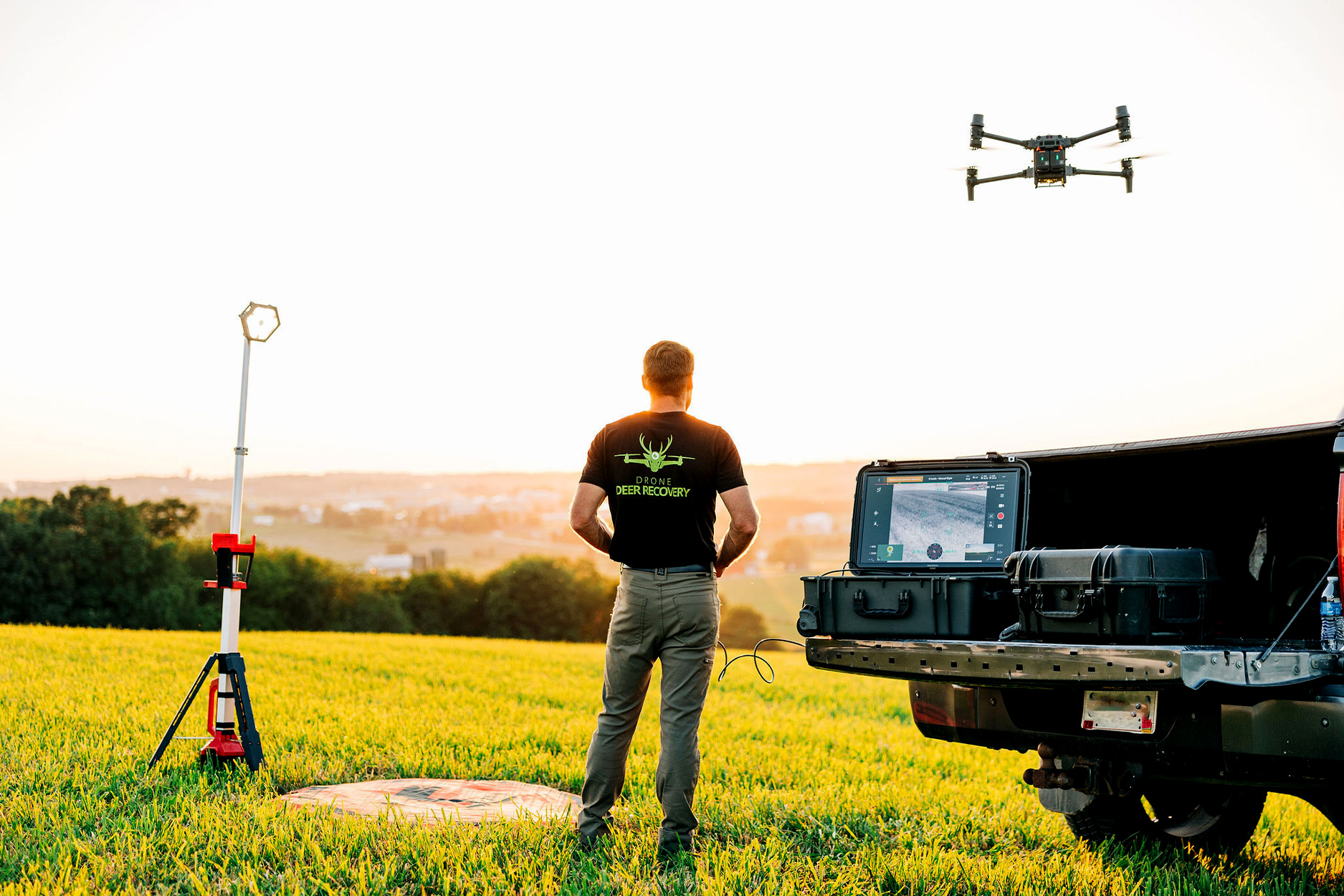
Photograph courtesy Mike Yoder / Drone Deer Recovery
Despite the current challenges presented by state officials and even pushback from fellow hunters, Yoder maintains that legitimate drone deer recovery is ethically unobjectionable. He chalks up the opposition to tech aversion in the hunting space and an overly cautious attitude towards burgeoning technologies by lawmakers.
“I’ve done hundreds of these things, and 99 percent of my clients are good people,” says Yoder. “The thing is, every time that there’s brand new groundbreaking tech, the first things we think about are the negative things.”
For Yoder, recovering deer with drones is a business. But he also finds genuine satisfaction in helping hunters find deer they were all but certain were lost. It’s Yoder’s favorite part of the job. As an example, he tells the story of when he helped an elderly hunter find a deer after the blood trail went cold during a rainstorm.
Read Next: The Unwinnable Battle Over Forward-Facing Sonar
“The guy ended up wrecking an ATV looking for the deer and broke his collarbone,” Yoder says. “So while [he] was in the hospital getting fixed up, his son decided he needed to recover this deer for him. He got some dogs out and couldn’t find the carcass, then called us. We found the deer in about two minutes … I love that we were able to help this guy recover his biggest buck ever on a farm that had been in his family for three generations. That’s the one that meant the most to me.”
